Have you ever visited Bali? Then you may find something interesting about their houses. Most Balinese still have some of the typical traditional houses of Bali that come differently from a common house in the world.
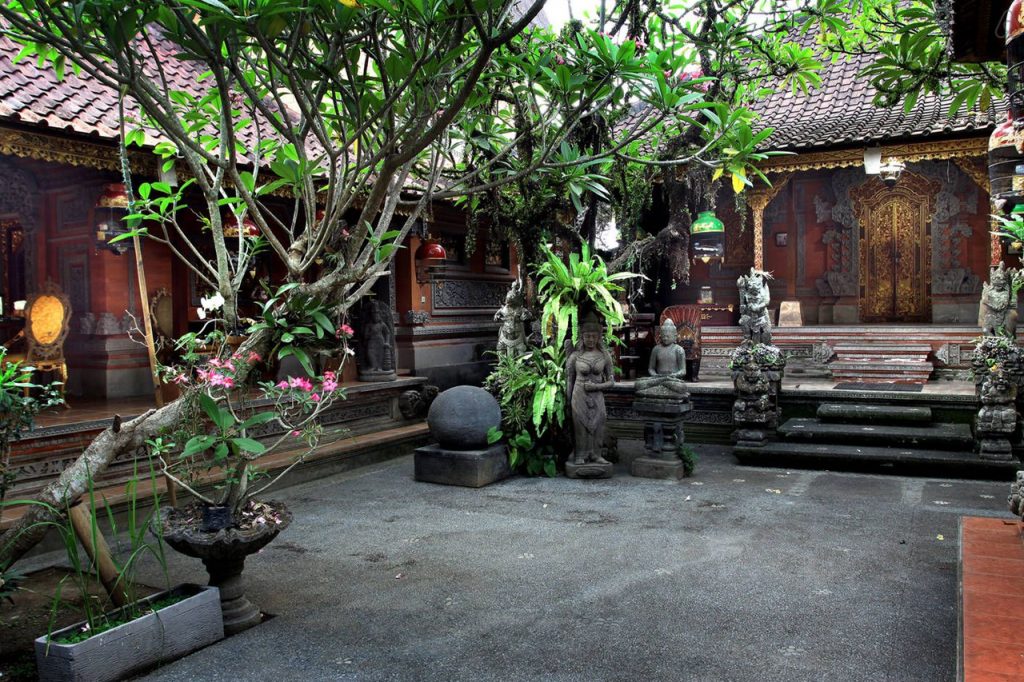
What makes them unique? The design and architecture of traditional houses of Bali can be one of the reasons why these houses are very interesting for you. Moreover, you will only find these kinds of houses in Bali, and a bit difficult to find them outside Bali.
Most Balinese commonly keep their culture from their great ancestors, including preserving the traditional houses of Bali. As the house has its sacred meaning behind it, it also represents the characteristic of the Balinese traditional houses in common.
Are you wondering what kind of traditional houses of Bali are from part of the part? Here we have some of them on the list below. Let’s check them out!
1. Angkul Angkul
Angkul Angkul is a part of the traditional houses of Bali which represents the gate of the house. It is built properly at the main entrance with a unique Balinese architect who represents the sacred culture of the Balinese houses.
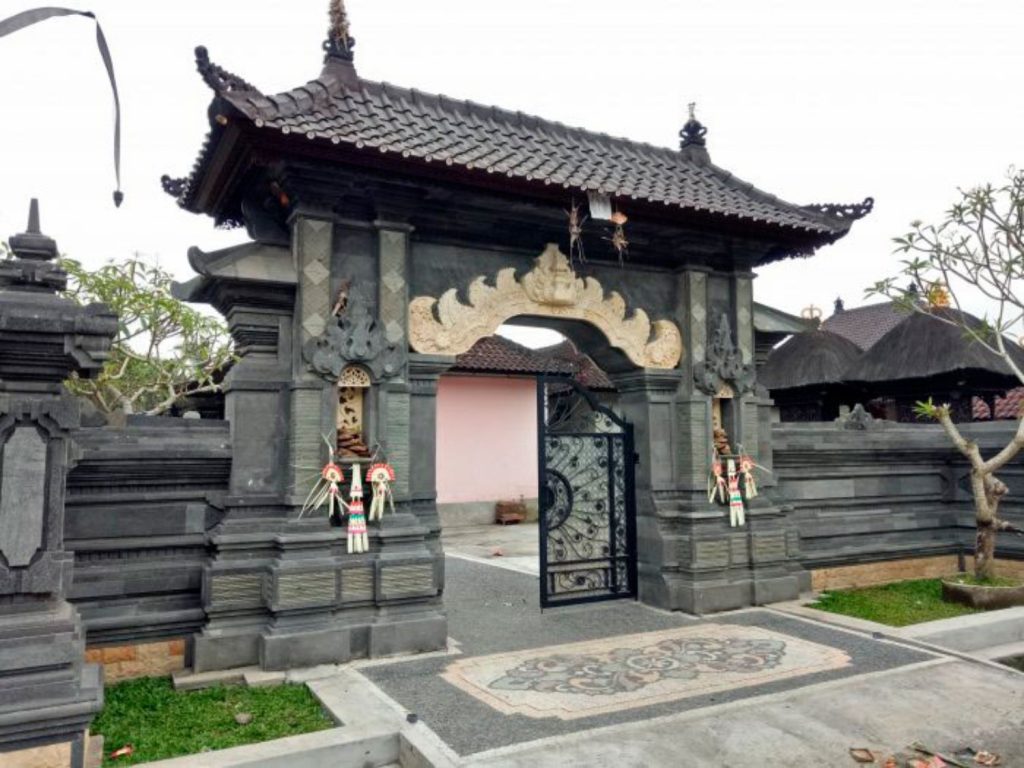
Angkul Angkul is an important part of the traditional houses of Bali. As the main entrance commonly it is built complete with a roof made from a dried coconut leaf as a part of faith for common Hinduism in Bali.
As time goes by, most Balinese change the leaves roof to the modern roof. Since it is difficult to make a dried coconut leaf last long that makes sense that change into a modern roof for a steadier roof.
2. Aling Aling
Aling Aling is a part of the traditional houses of Bali that represents a draw line between Angkul Angkul to the main house. It looks similar to the wall but builds by a Balinese architect 150 cm tall of the height.
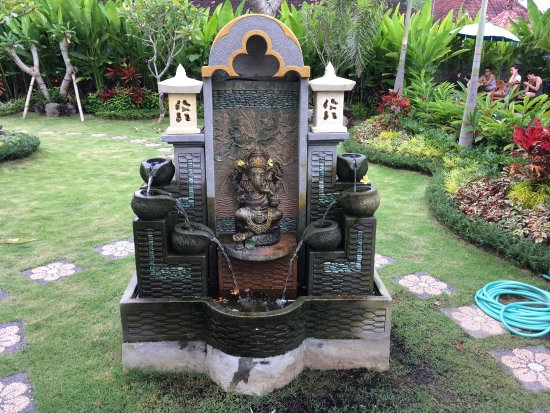
Balinese believe that Aling Aling is a sacred wall that is capable to purify the negative energy from the outside. That makes this wall could bring positive energy to the house so that the house is safe and sound to stay in.
3. Family Temple
The family temple is a part of the traditional houses of Bali which represent a sacred place to pray as one of the facts of Hinduism in Bali. It is commonly known as a Pura as a popular temple in Bali for Hinduism tradition which every family has built steadily around the house.
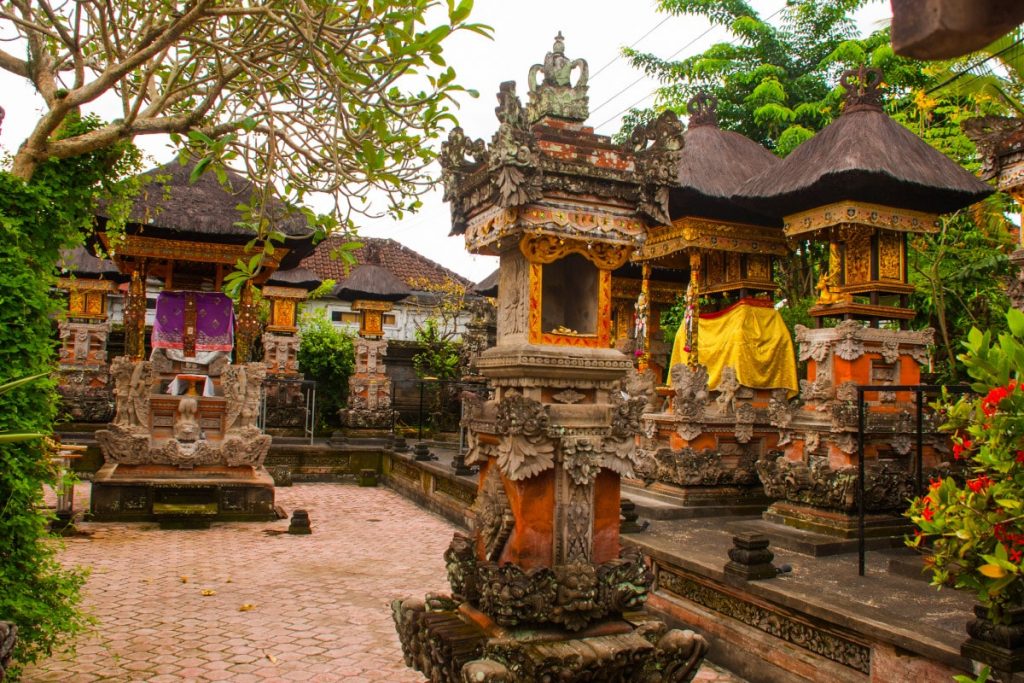
Family temples in a traditional house of Bali can vary in amount some differently depending on the family preference. They can have it as much as they want as long as it is built properly towards Hinduism rule at the house.
4. Bale Manten
Bale Manten is one of the parts of the traditional houses of Bali, which represents a bedroom. Commonly it is built in two rooms of the bedroom that should be built oppositely.
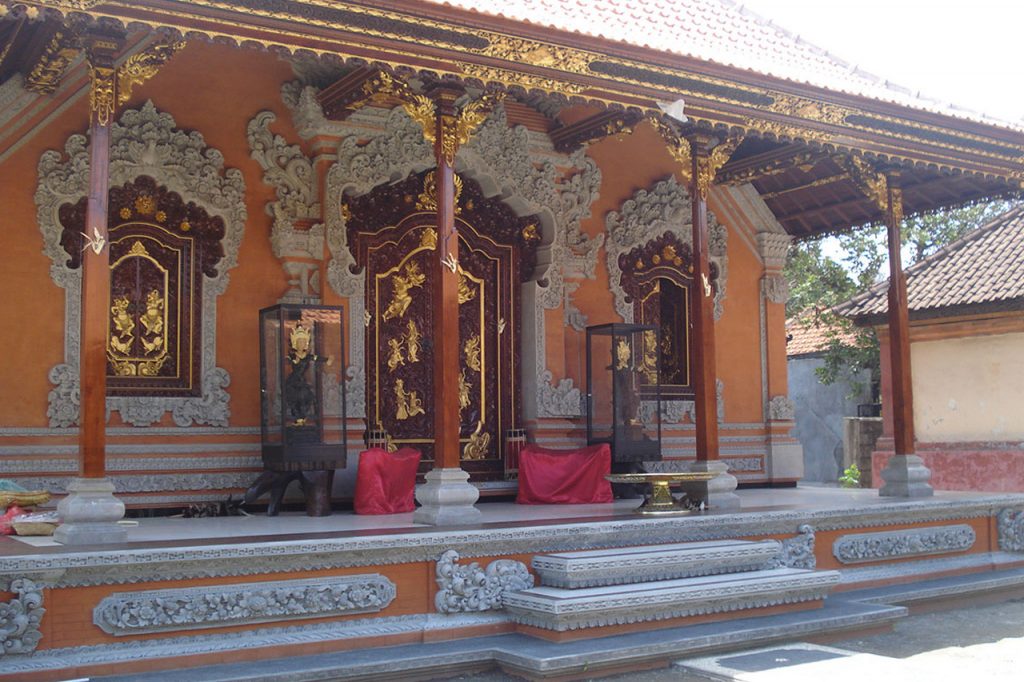
Bale Manten is the room that was built for the head of the family and the daughter of the family that is still single. Commonly it is built properly in the north part of the house, which is parted by two Bales that are known as the right Bale and left Bale.
5. Bale Dauh
Bale Dauh is a part of the traditional houses of Bali that represents a guest room. Outside the functions of it, the room also functions as a room for a son of the family that is single.

Bale Dauh is commonly well-known as a room that has a multifunction benefit. Not only functions as a guest room and bedroom for the son, but also can be a room to make some activities such as sculpturing, painting, and many more.
6. Bale Gede
Bale Gede is a part of the traditional houses of Bali that represents a place for families in bonding their connections. They are usually built above higher than other buildings in the house which represent the sacred of the togetherness of the family.
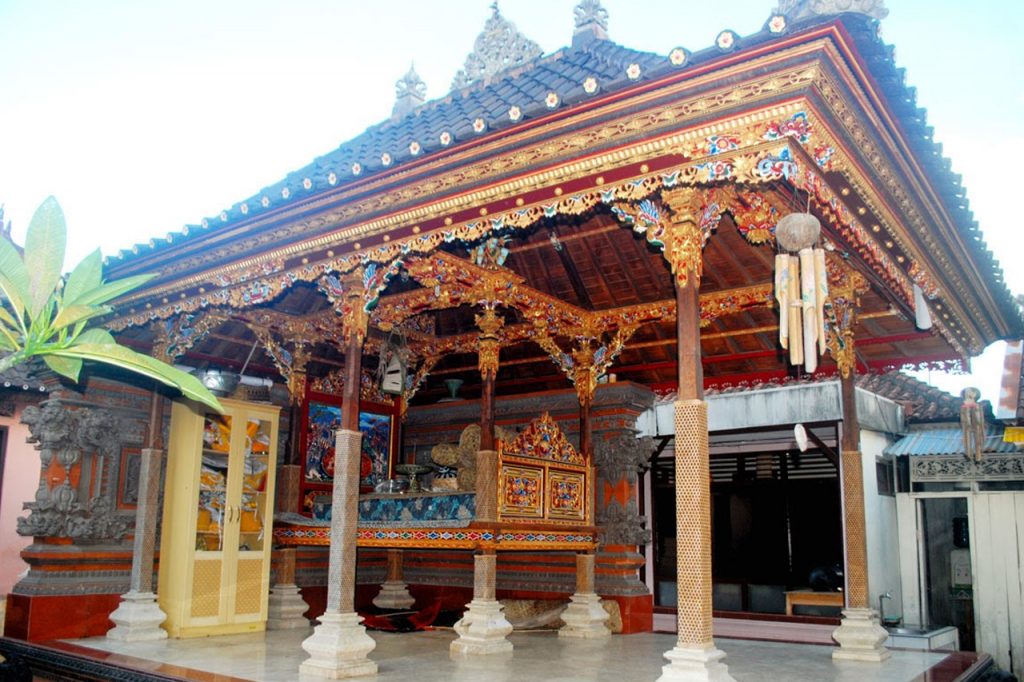
Bale Gede is commonly useful for praying together among family, having a traditional Balinese meal, or even a sacred custom culture ceremony. Sometimes it also becomes a room for preparing some of the Bali traditional festivals and celebrations.
As it is built for family sometimes the family even uses the room to take a rest together after work and do the ceremony.
7. Bale Sakepat
Bale Sakepat is a part of the traditional houses of Bali that represents a family room for a more joyful activity. It can be a TV room or other leisure activity in a family that can be done together at the house.

Some rooms at the Bale Sakepat commonly can be useful for the kid rooms. As the concept is bringing more joy in the family together, this room has less sacred value compared to the Bale Gede.
8. Pawaregen
Pawaregen is a part of the traditional houses of Bali that represents a kitchen at the house. As a common kitchen in an Indonesian family, it is built properly at the back part of the house which faces towards the south of the house.
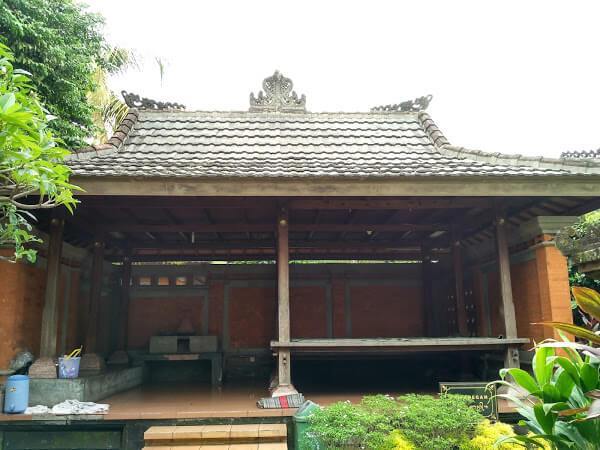
Pawaregen commonly is the place that is specifically useful for cooking. Balinese will be having their meal outside this area which is commonly done in Bale Sakepat or Bale Gede for the sacred meal ceremony.
So, there is a short explanation of some of the parts of the traditional houses of Bali that you should know. Most of them represent a Balinese culture that is pictured in an architectural building.
Most Balinese are religious people, which do everything based on Hinduism that mixes with their original custom culture. Not surprisingly the traditional houses of Bali bring the most sacred values inside.
